These glowing rocks look like aliens from Outerspace. We found hundreds of them on the shores of Lake Superior in Michigan 🇺🇸 and Ontario. 🇨🇦
I will create a few videos from my Photos on YouTube Shorts ... 🎥 🍿
We spent the last few weeks camping on Lake Superior where we discovered these 3 Billion year old glowing rocks called Yooperlites … sodalite from a Volcano that erupted and collapsed up in Marathon Ontario 600 Million years ago.
You can find these glowing rocks using a 365 nm or 395nm ultraviolet flashlight … https://amzn.to/4dFg4RC
They have been found in most Northern States and all Canadian Provinces
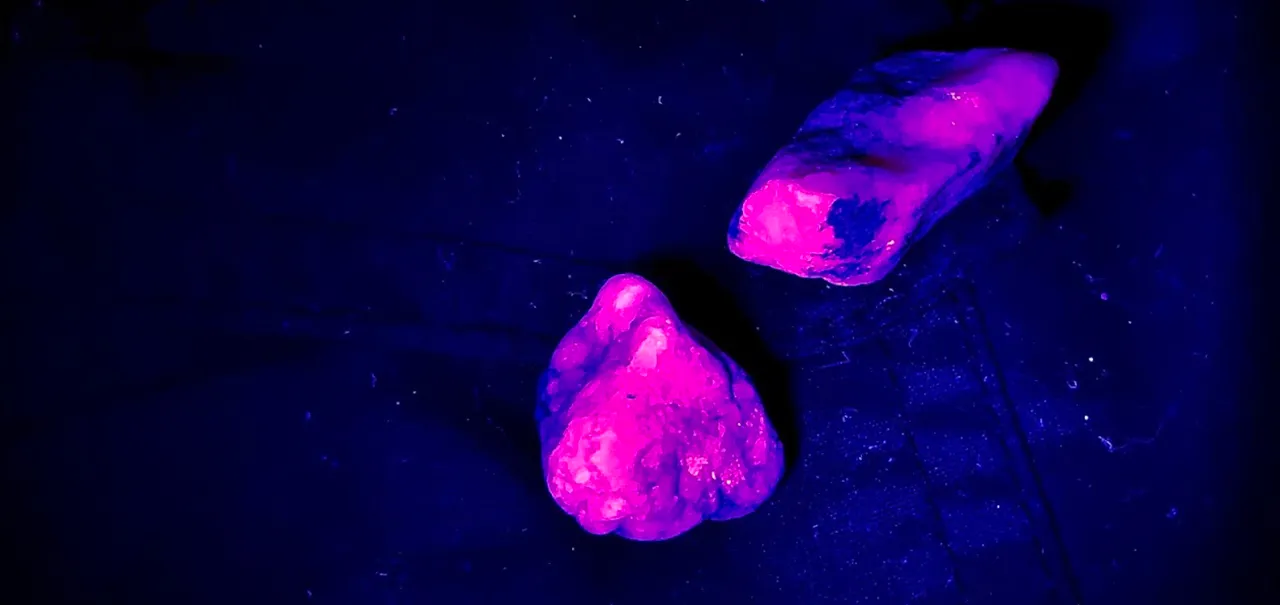
Underwater Sodalite…. with 395 nm Ultraviolet light
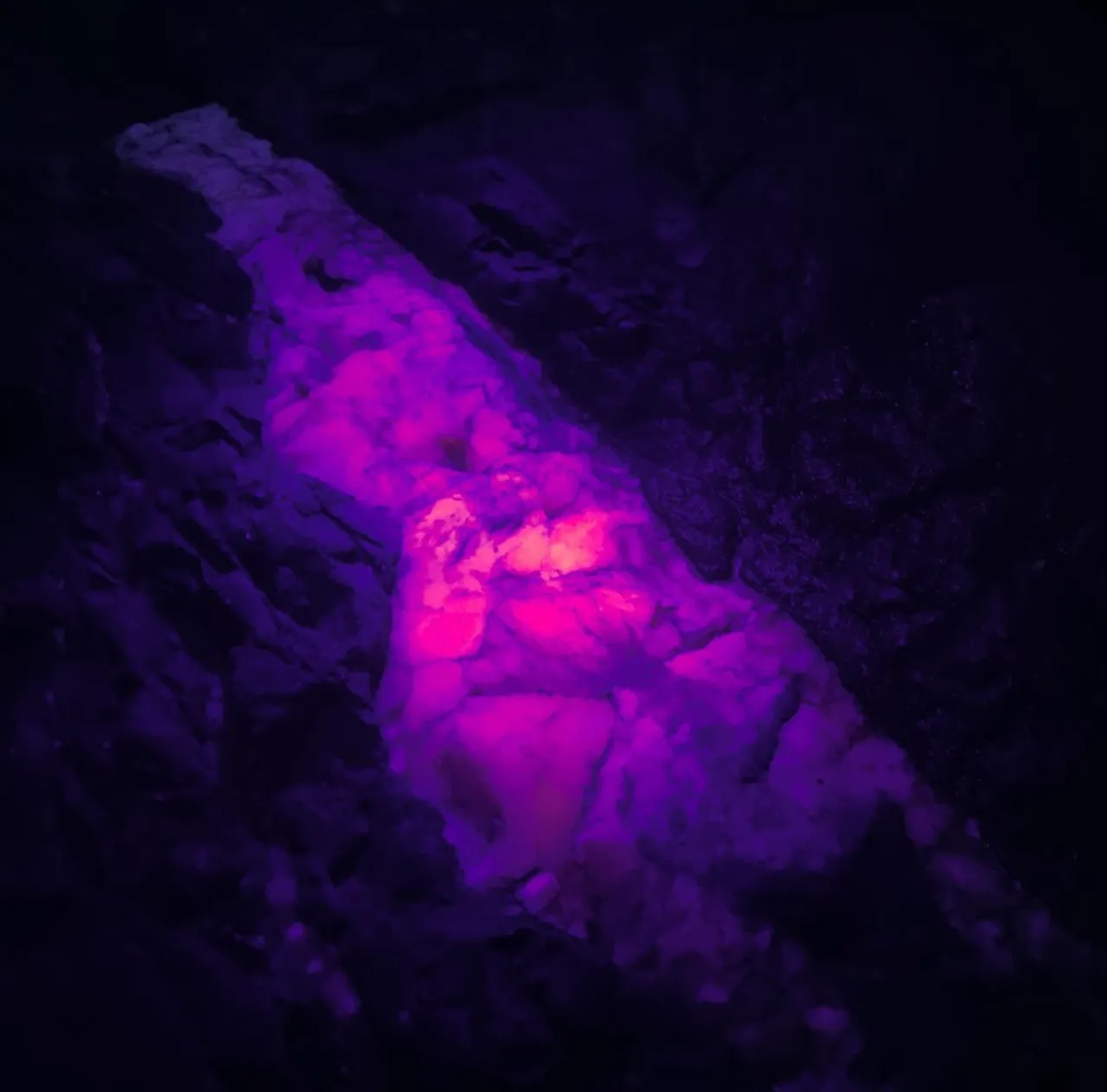
Hunting for Yooperlites at Whitefish point, Lake Superior Michigan

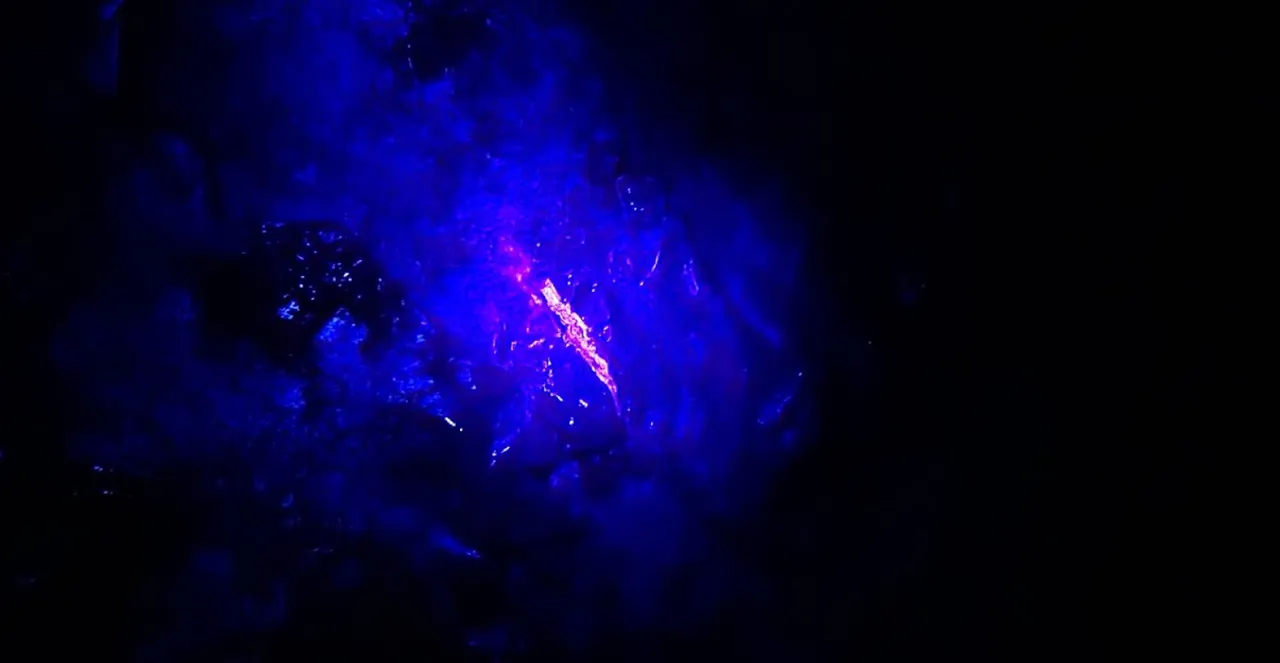
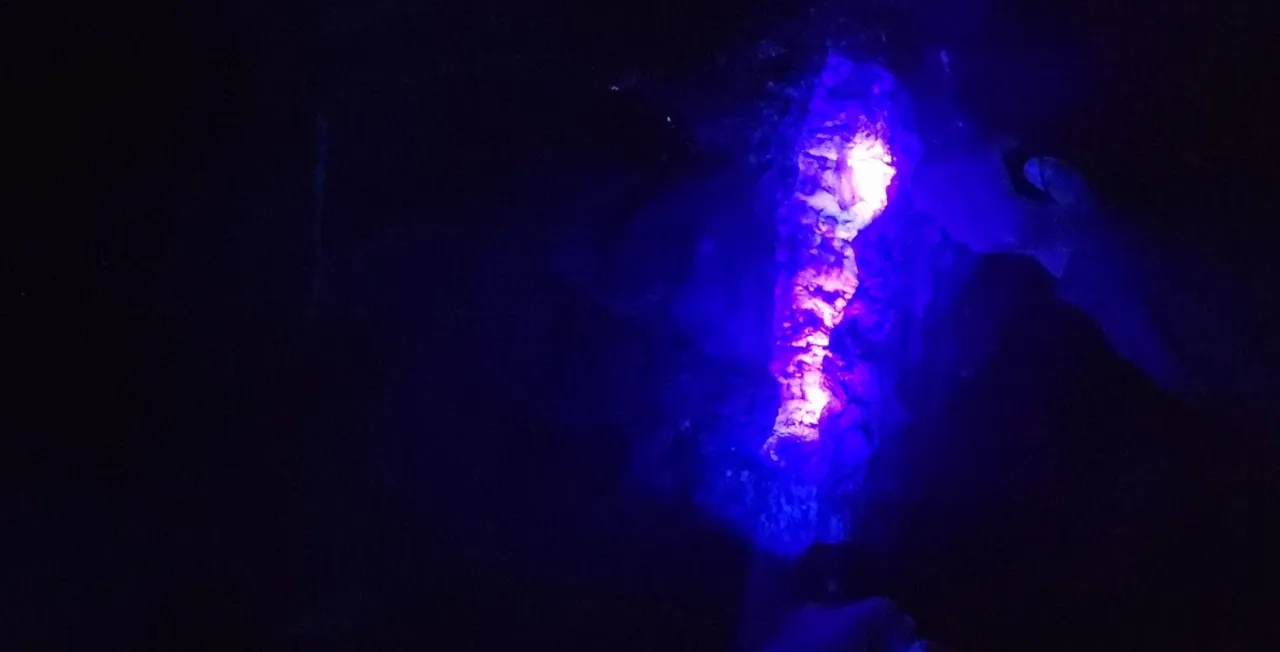
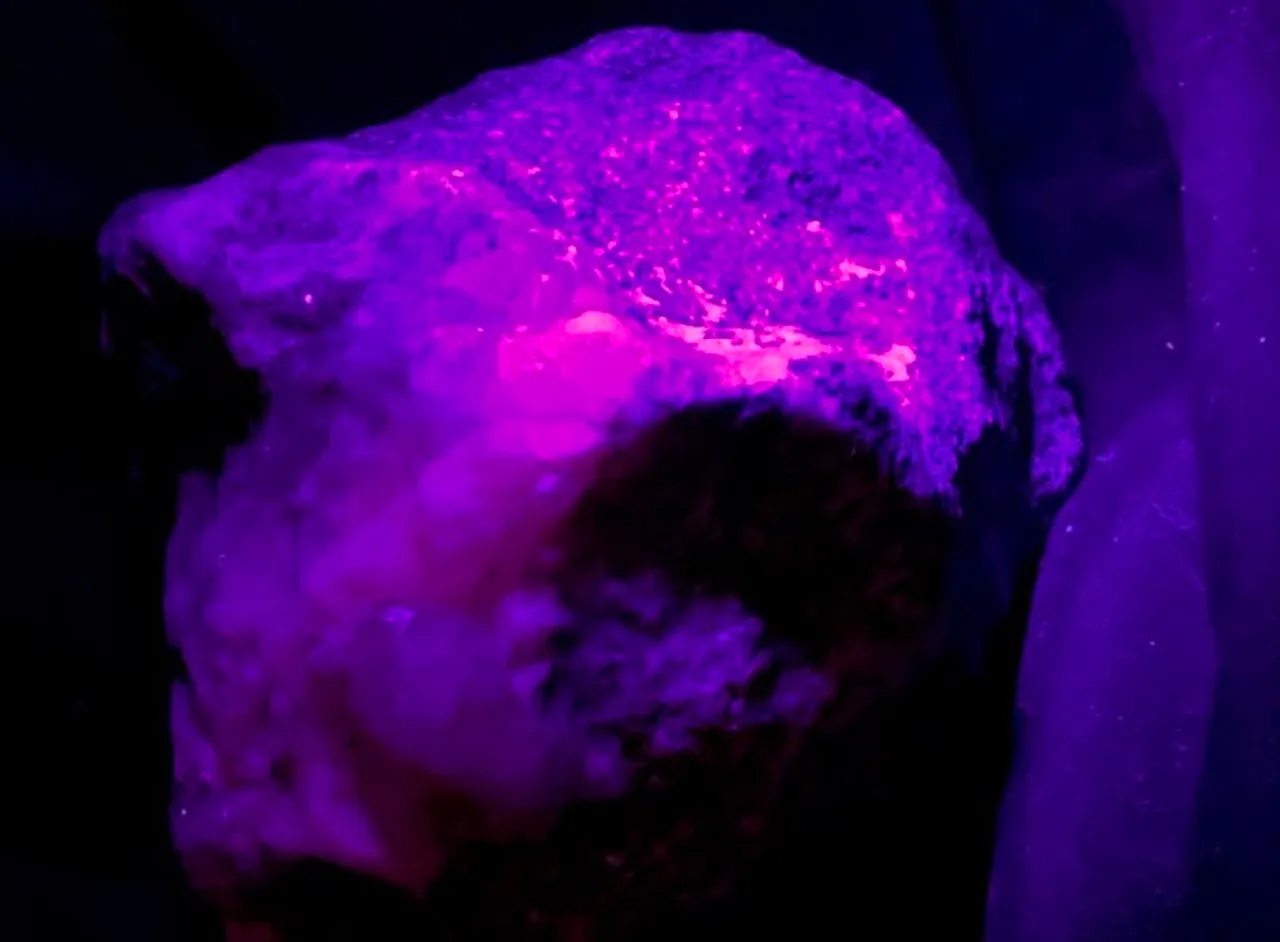
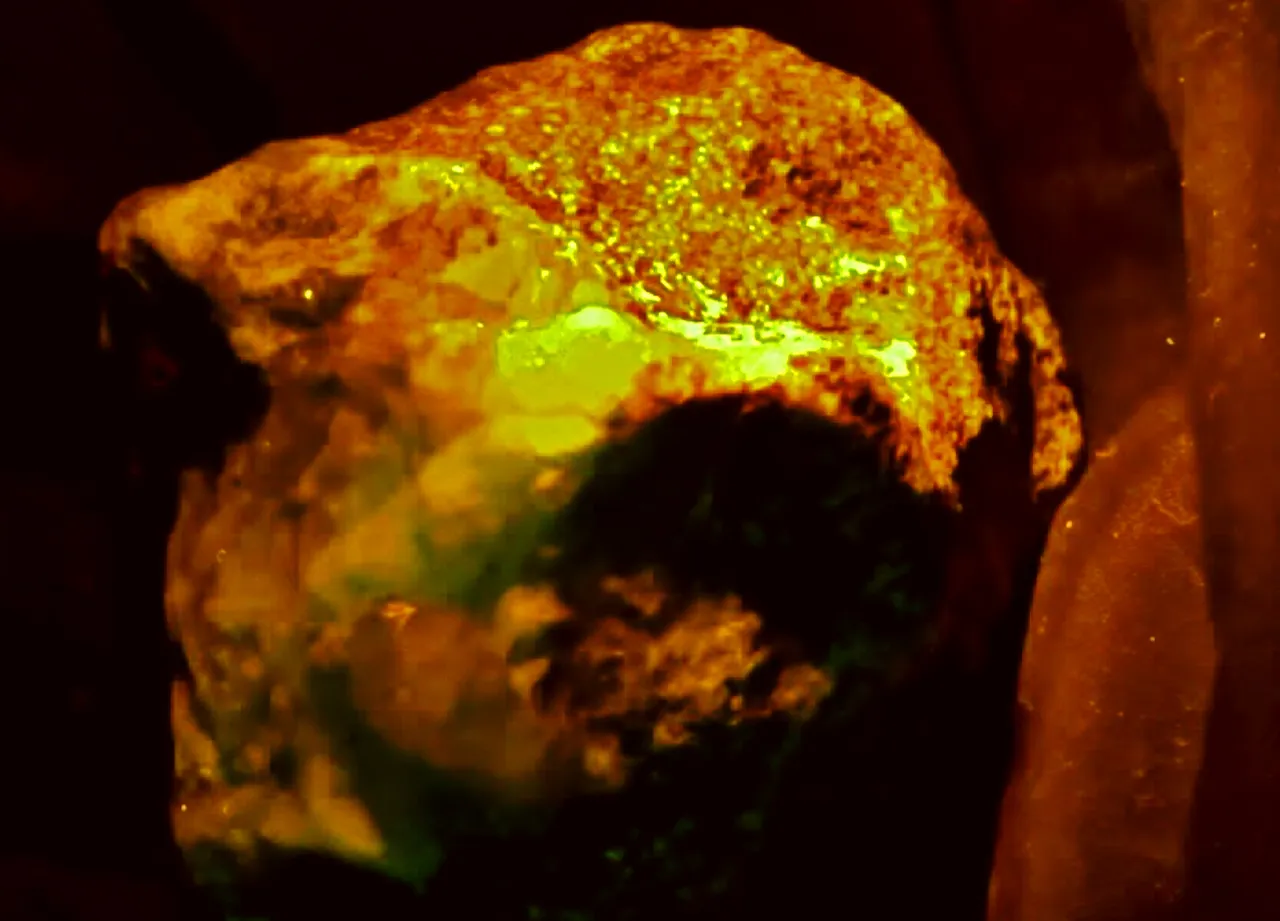
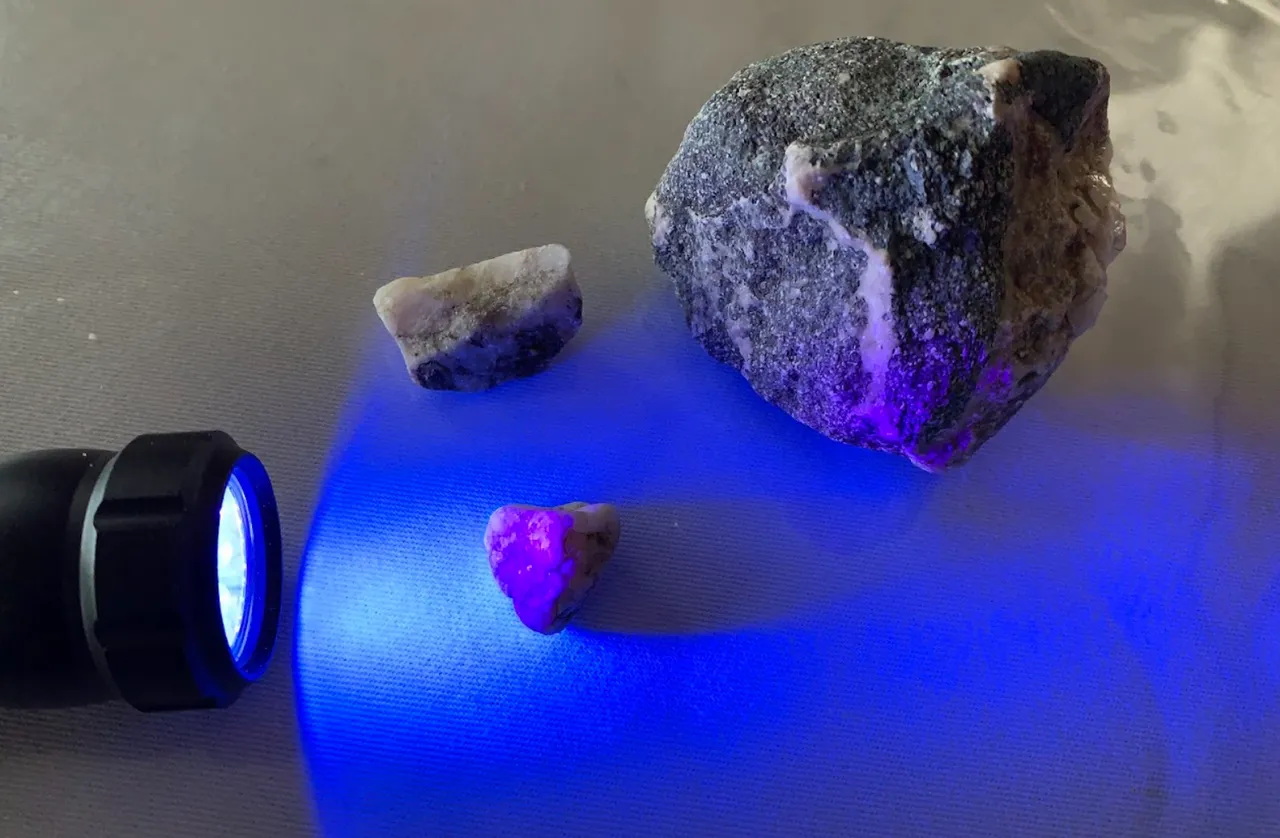
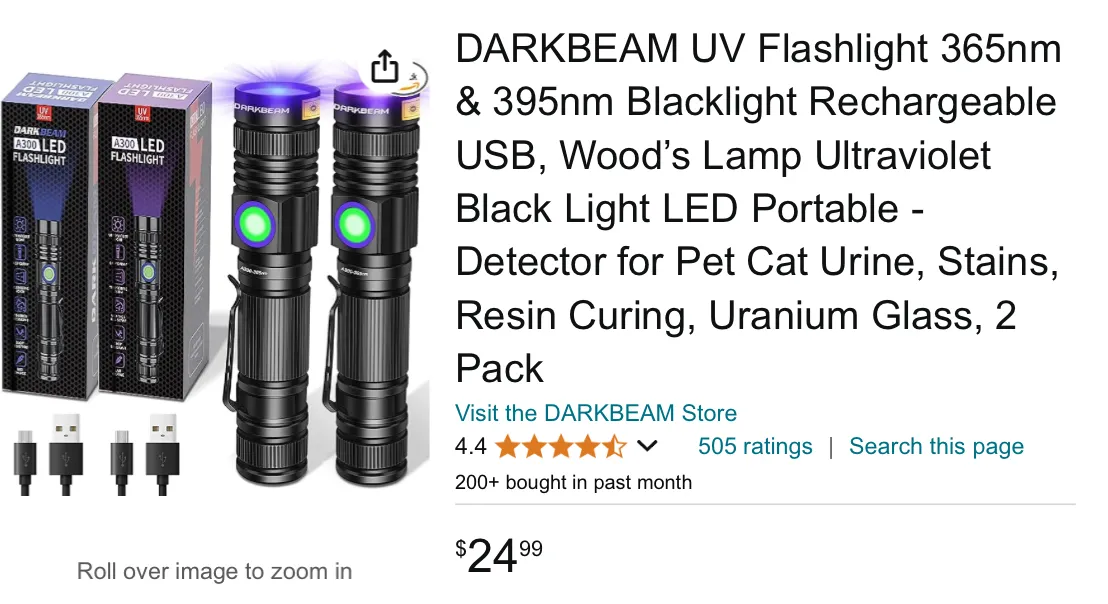
Source: https://amzn.to/4dFg4RC
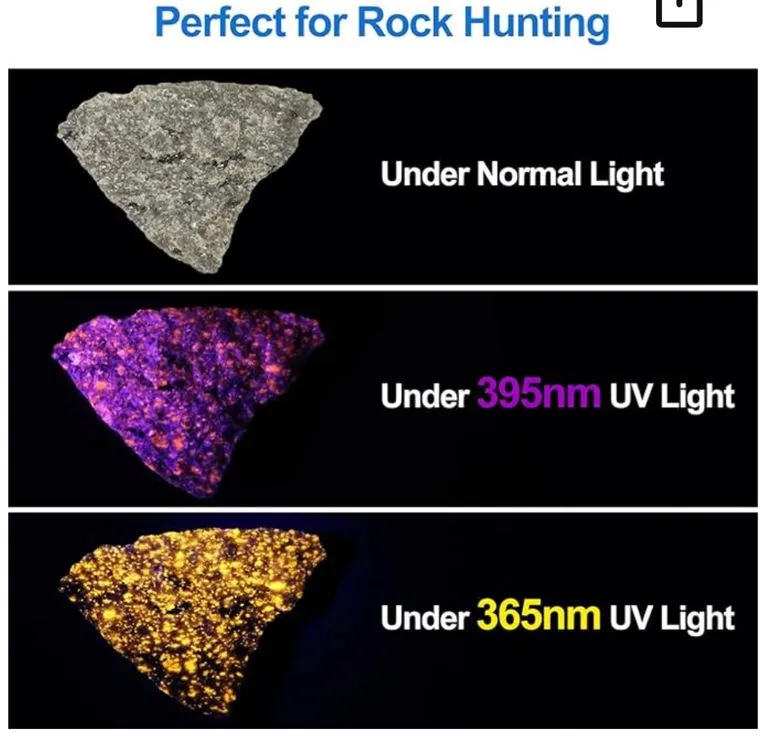
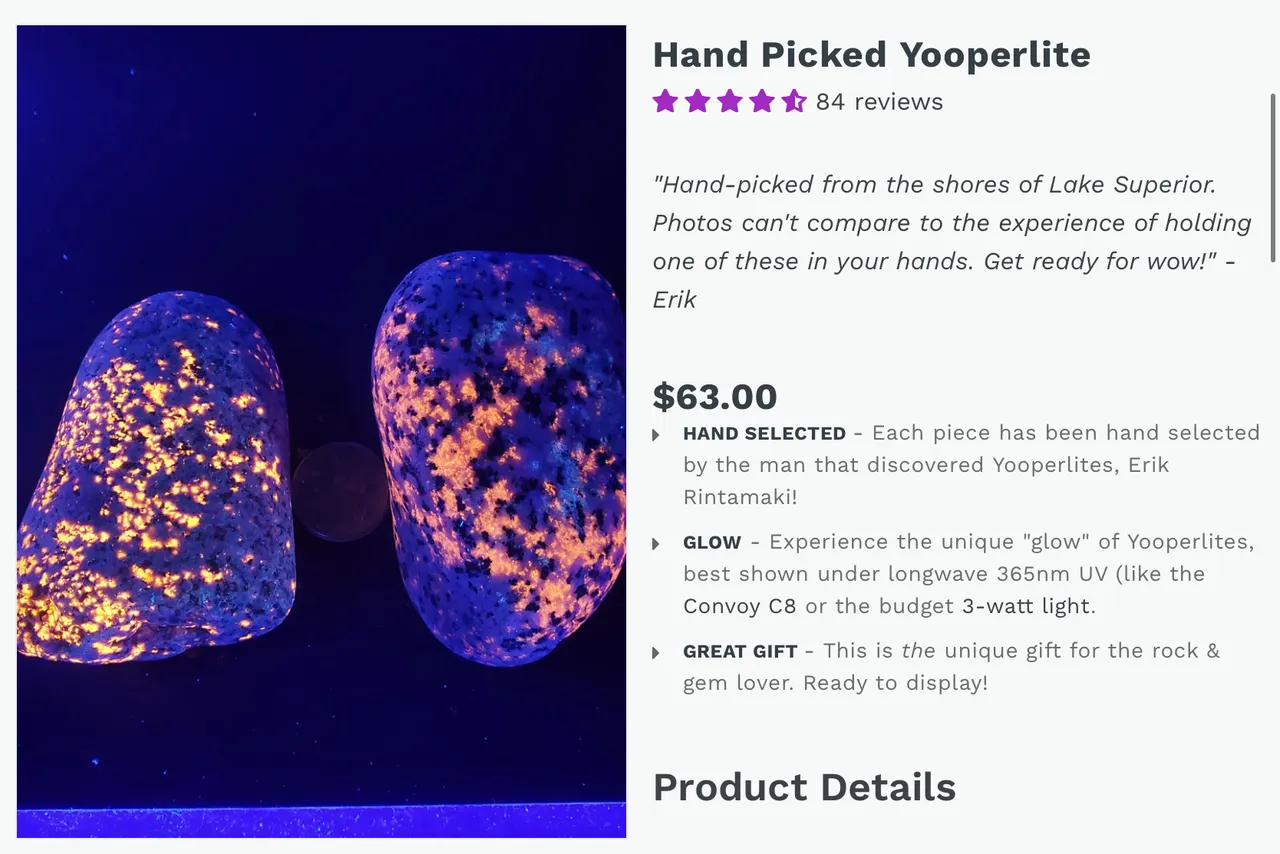
Yooperlites : https://store.yooperlites.com/
Ontario Geological Survey:
Yooperlite. That’s the name given to these rocks that produce a bright orange fluorescence in long-wave UV light.
Earlier this year, Michigan geologist Shawn Carlson contacted OGS geoscientist Mark Smyk after hearing about a local rockhound who discovered cobbles of fluorescent syenite along the southern Lake Superior shore. Back in 1994, a retired OGS geologist on one of Shawn’s field trips found cobbles in Michigan that he believed originated in the Coldwell alkaline complex near Marathon, Ontario. Shawn suspected the Yooperlites might also have originated on the north shore of Lake Superior.
Turns out Shawn’s hunch was correct. The Yooperlite sample was sent to our Resident Geologist Program office in Thunder Bay, and our team compared the samples from Michigan to samples of syenite from the Coldwell complex near Marathon. Both samples contained a mineral that produces a bright orange fluorescence in long-wave UV light, consistent with sodalite. A variety of sodalite (known as hackmanite) has been noted in the Coldwell rocks. Further examination by geology professors and Coldwell experts at Lakehead University support this theory.
Yooperlites are definitely worth seeing! Check out the videos and photos of these amazing rocks:
https://cbsn.ws/2EkPBw8
Lake Superio Volcano : https://explorewithshayne.com/2023/07/30/lake-superiors-volcano/
The Coldwell Complex first began to form over 1.1 billion years ago. Back then the northern shoreline of Lake Superior was part of a continental rift zone, where the earth’s crust was splitting apart due to the movement of the tectonic plates. As this occurred, Magma started to rise up through the cracks and holes in the crust. Eventually, the magma began to swell up onto the Earth’s surface. Over time the magma accumulated in such a large amount that it began to form a volcano. The volcano erupted periodically for millions of years, being continuously fed from the magma below.
Approximately 600 million years ago the volcanic activity finally ceased, and the volcano walls became so large and heavy that they collapsed inward, forming a large depression in the Earth, known as a caldera. The magma chamber became sealed by the fallen rocks. The magma slowly cooled and crystallized over time, forming different Igneous (magmatic) rocks with various minerals and textures.
Sodalite Article : https://nightsea.com/nature/minerals/sodalite-fluorescence/#:~:text=Specifically%2520%E2%80%93%2520the%2520rock%2520in%2520question,this%2520case%252C%2520the%2520yellow%2520glow.